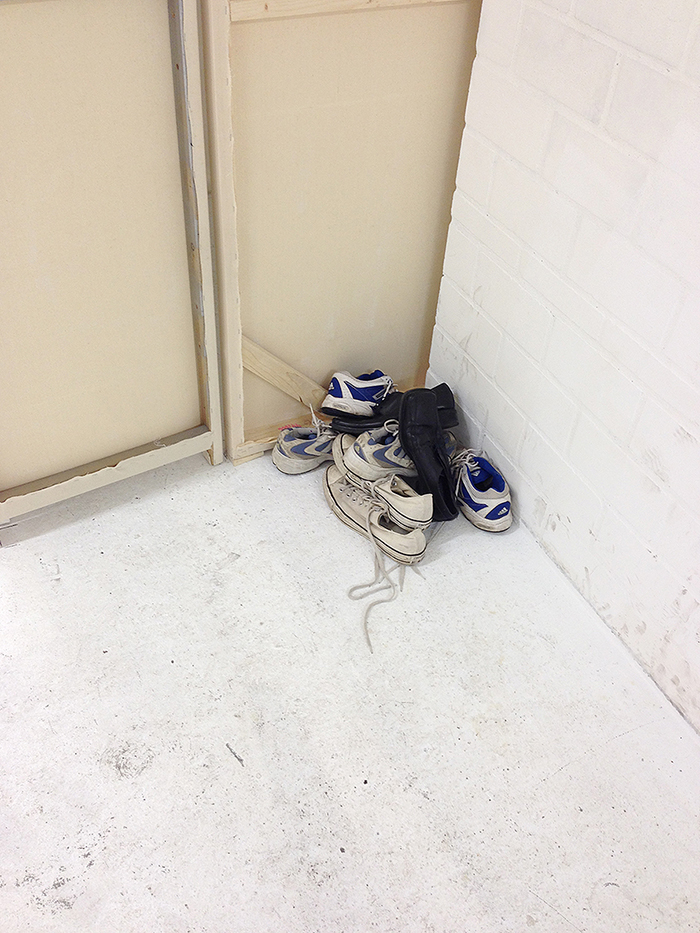



Agency (properties of pseudo-public spaces as a prelude)
Published in EVA catalogue as part of Kulturforum, Staatliche Museen zu Berlin
Housed at Zentral- und




Agency (properties of pseudo-public spaces as a prelude)
Published in EVA catalogue as part of Kulturforum, Staatliche Museen zu Berlin
Housed at Zentral- und

A-formal (entrance)